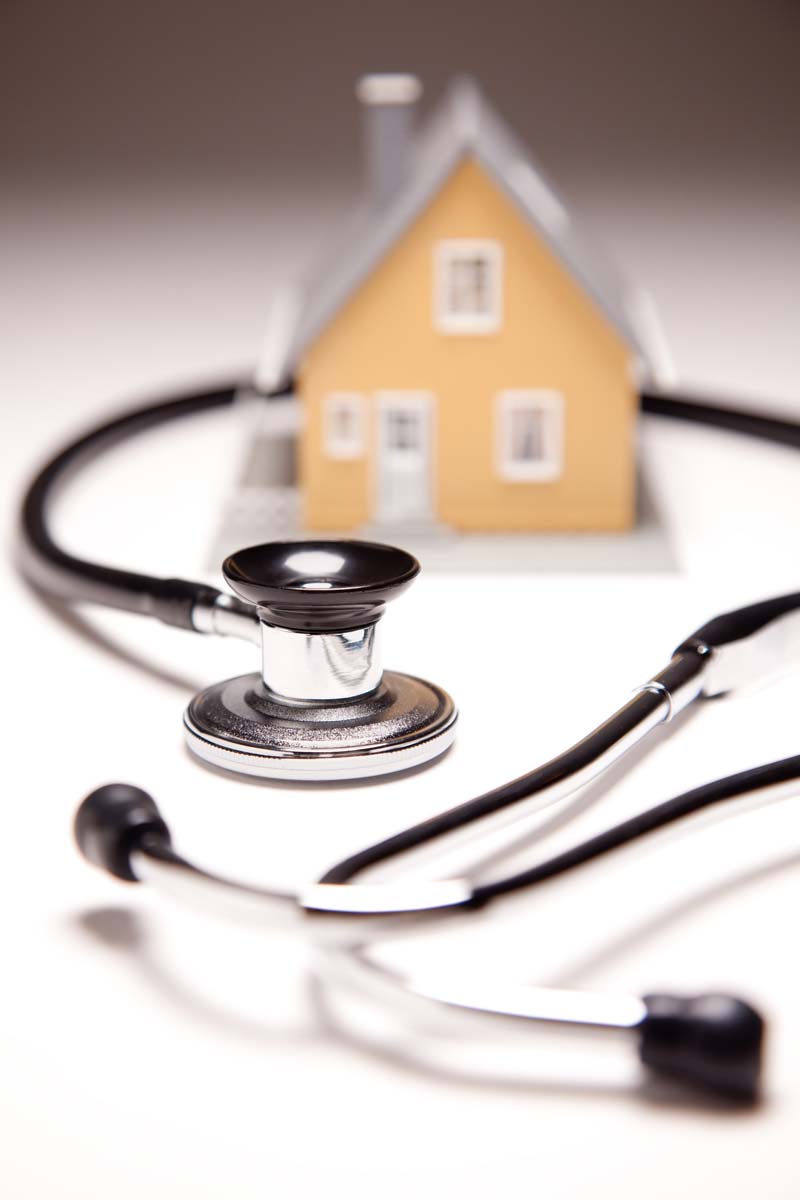
This familiar scene has played out thousands of times over the past six decades. Not in some distant third-world country, but in Rushville, Illinois where Dr. Dohner still makes house calls and has admitting privileges at the local hospital.
Chatting with 83 years old Dr. Dohner, it’s easy to imagine him making house calls; clutching a black satchel as he settles down beside the bed to tend an ill neighbor. Not all communities are fortunate enough to have a hometown physician as dedicated as Dr. Dohner who makes house calls and charges the same rate as he did in decades ago. Rural America, faces a severe shortage of doctors – fewer physicians and rising medical costs burden thousands of citizen with chronic health problems.
Change is on the horizon. House calls are making a 21st century comeback. About 100 miles from Rushville, patients can request a home visit online via Decatur Memorial Hospital. Using teleconferencing and a computer equipped with microphone and speakers, doctors diagnose minor illnesses, talk patients through testing their blood glucose and cholesterol levels, and discuss health concerns just as efficiently as if the patient and doctor were sharing the same room.
Although, many people aren’t aware of telehealth services – technology assisted house calls – the technology has been around for more than a decade.
The US Department of Veterans Affairs (VA) uses telehealth services for veterans with chronic diseases. Managing health care is complicated for some veterans with COPD, diabetes, and congestive heart failure, according to the VA. Often the complex treatment plans mean patients end up in a nursing or rehabilitation facility. Advanced technology allows medical professionals to consult with patients through an online house call; checking vitals and talking to patients to evaluate their health management without forcing them to relinquish their independence.
Twenty-first century house calls save lives, save money and help rural Americans gain faster access to medical treatment during home emergencies. The True North Health Navigation system physically brings medical professionals to patients’ homes with technology and medical tools to administer IV therapy, prescribe antibiotics, suture cuts and perform routine blood and urine tests.
The True North system is like a mobile emergency room, without the expense of ambulance services and inpatient fees. Physicians and nurses have advanced training beyond what some ER professional possess. Others work in local hospitals and clinics in the neighborhoods they serve. Some estimates report mobile health services save patients about $3000 as compared to a traditional ER visit.
Telehealth services and mobile medical technologies have the potential to improve medical care and access for a struggling rural health system in America. At the heart of mHealth and virtual doctor visits it teleconferencing technology. Cutting-edge technology provides audio and visual components that make it possible to see and talk to doctors remotely and share vital test results and photos for accurate analysis.
There is a crisis in our health care system, but twenty-first century technology is paving the way to a less expensive, more efficient care delivery system as the nation moves back toward the old-fashioned house call with a modern twist.


